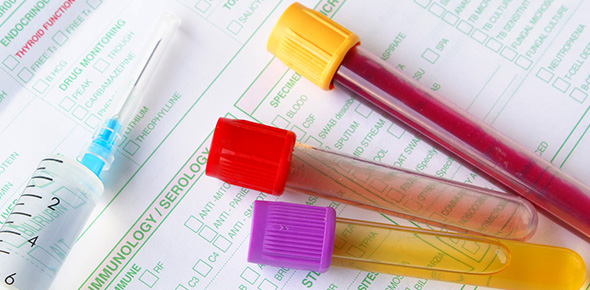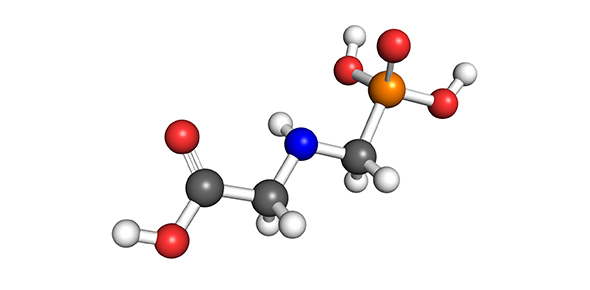Related Flashcards
Related Topics
Cards In This Set
| Front | Back |
|
The ______system generally provides precise, rapid, finely adjusted but short-lived regulation
|
Nervous system
|
|
The______system provides slower, more sustained control over more long-term processes.
|
Endocrine system
|
|
Are the endocrine and nervous systems interrelated?
|
Yes
|
|
Do the endocrine and nervous systems use the same chemical messengers?
|
Yes
|
|
Where do endocrine glands release their secretions?
|
Internally into extracellular spaces around the cells. From there they can enter the blood stream.
|
|
Which type of glands have ducts and which are ductless?
|
Exocrine glands have ducts (eg. sweat and salivary glands) and endocrine glands are ductless
|
|
What are the "classical" endocrine glands?
|
The hypothalamus, pituitary, thyroids, parathyroids, adrenals, pancreas, and gonads.
|
|
What are some of the non-classical endocrine glands?
|
The gut, liver, kidneys, heart, thymus, brain, and pineal.
|
|
True or False: The endocrine glands may contain one or more secretory cell types, each of which may secrete one or more hormones?
|
True
|
|
In what arrangement may the secretory cells be?
|
Clumps, cords, vesicles, or scattered throughout a tissue
|
|
Do endocrines work on near or distant target organs?
|
Distant organs
|
|
What is the definition of a paracrine?
|
A hormone that is released into the extracellular space, rather than general circulation, that will act on neighboring cells
|
|
How do neurocrines work and where are they released from?
|
They are released from neural tissues into synaptic spaces and act directly on neighboring nerve or muscle cells
|
|
A single chemical substance can act as a chemical message in an_________way
|
In an endocrine, neuroendocrine, paracrine or neurocrine way
|
|
Hormone ________a reaction rather than________a reaction
|
Hormones alter the rate of a reaction rather than initiate a reaction (they rarely initiate a rxn)
|








